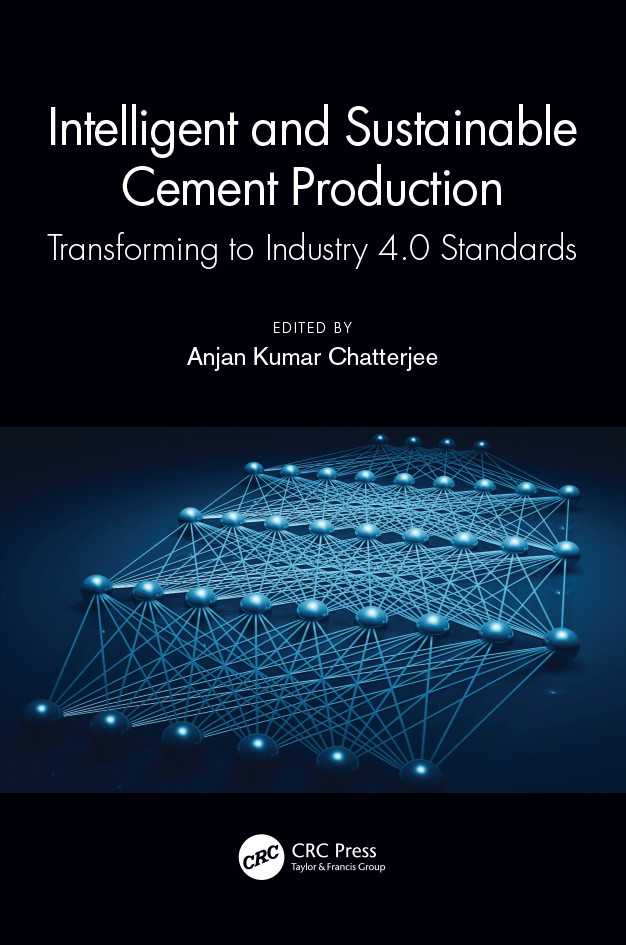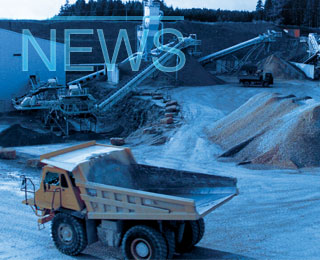
Intelligent and sustainable cement production
A new publication providing an in-depth exploration of the digital transformation of cement production with practical insights for its application has been launched. Edited by Anjan Kumar Chatterjee and published by CRC Press, Taylor & Francis Group, Intelligent and Sustainable Cement Production - Transforming to Industry 4.0 Standards is the perfect place to start in terms of understanding the potential for and means of the digital transformation of cement manufacturing technology.
According to Dr Anjan Chatterjee, a renowned cement research scientist and corporate executive with over five decades’ experience in the Indian cement sector, a typical cement plant generates around 1bn data samples per year. Through the proper application of digital technologies, cement plants can transform their operational efficiency and, above all, operate sustainably.
The digital transformation of the cement industry, Dr Chatterjee argues, is imperative if the industry is to increase output in line with world population needs, while remaining environmentally sustainable, which is to say limiting carbon emissions and other gaseous emissions while maximising resource conservation. “A paradigm shift is foreseen in the cement industry to make it intelligent and sustainable, which can only happen through digitalisation toward Industry 4.0,” he adds.
Over 12 chapters, this essential reference explores the digital transformation of the cement industry along the journey to Industry 4.0, from cloud computing and storage to big data analytics, machine learning (ML) and other technologies deploying artificial intelligence (AI). Advances in digital twin technology and, ultimately, fully autonomous plants, is the ultimate goal – “but what is essential to achieve is sustainability and lower material footprint and significantly reduced carbon footprint,” says Dr Chatterjee.
The contributions are practical and well informed, often drawing on direct experience of practitioners, including Holcim (Switzerland) and HeidelbergCement (Germany), and knowledge experts from equipment suppliers, including FLSmidth (Denmark) and KHD (Germany). It goes beyond the promotional announcements of cement producers and equipment suppliers to explore, systematically and in some depth, the cement industry’s progress towards digital transformation.
Digital transformation will see cement plants data-driven, predictive and autonomous. This phase of industrial development is not an option but a requirement for the industry if it is to meet the demands of environmental sustainability, ensuring maximum efficiency, minimum pollution, and adequate resource conservation. “All in all,” concludes Dr Chatterjee, “the intelligent and sustainable production of cement is not a distant goal. The cement sector must achieve this objective sooner than later.”
Published under Cement News

